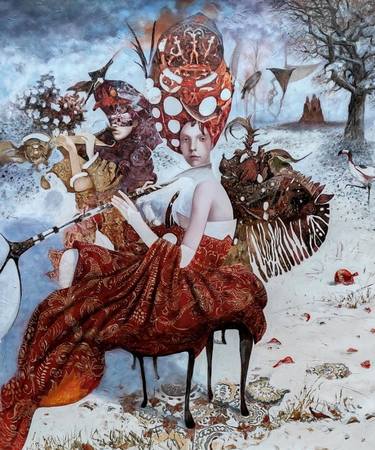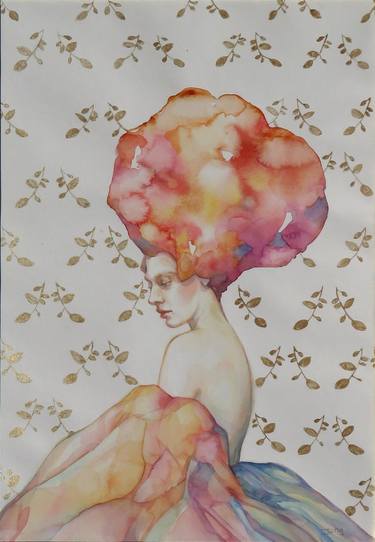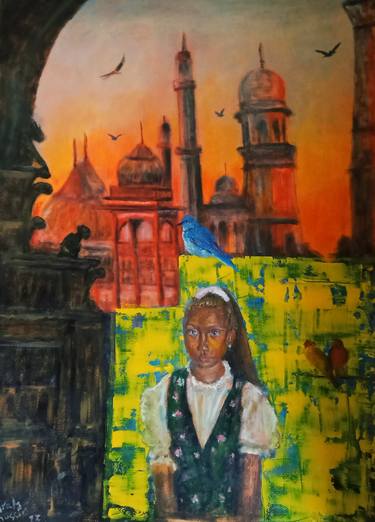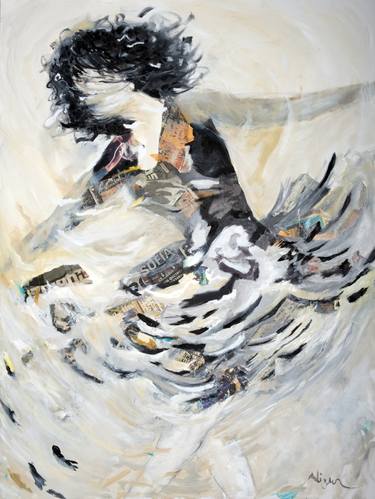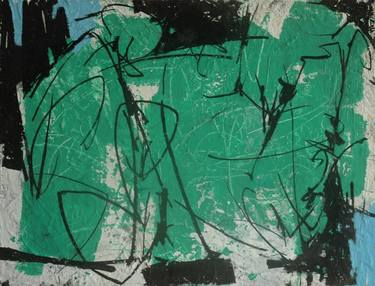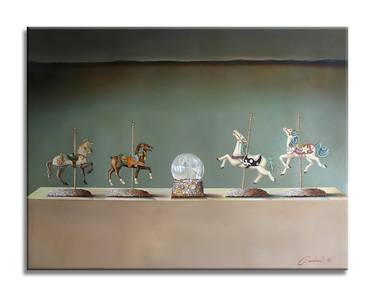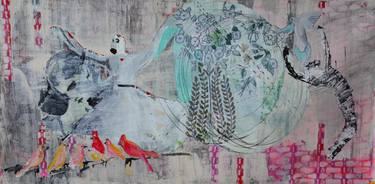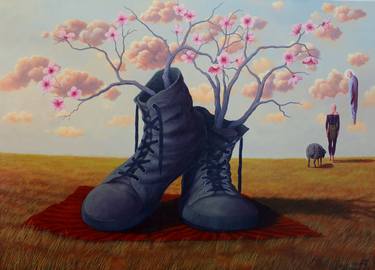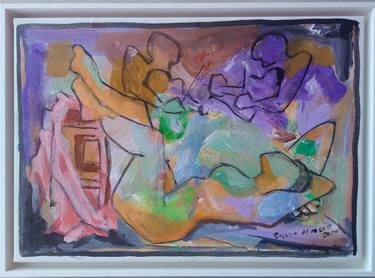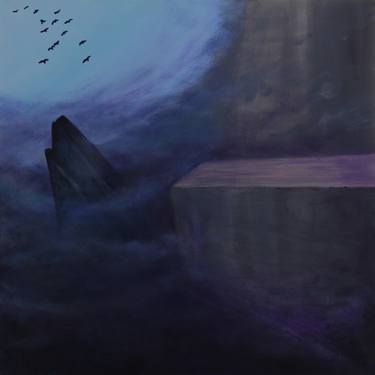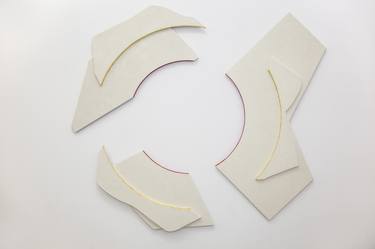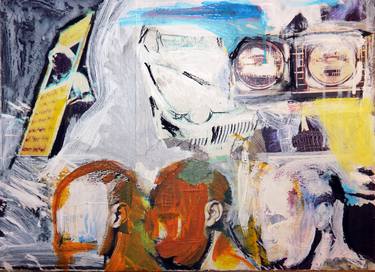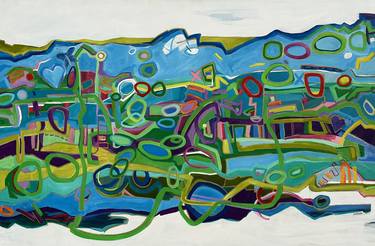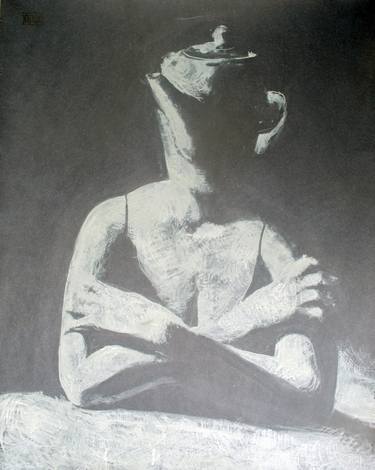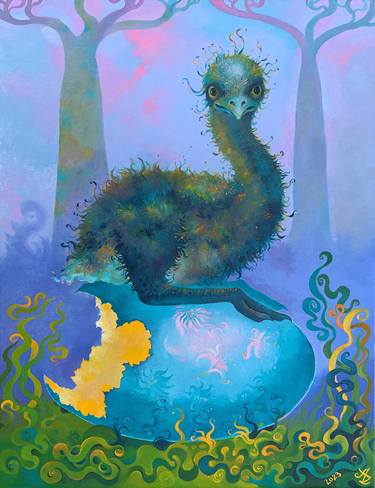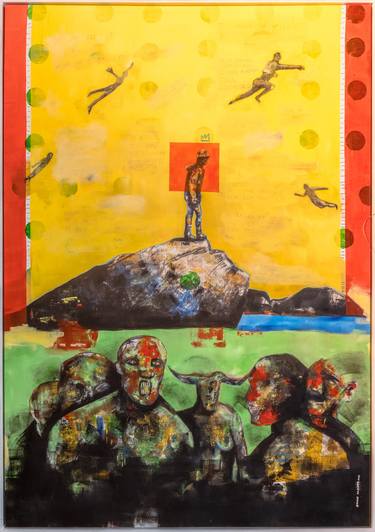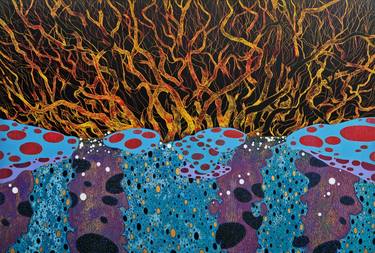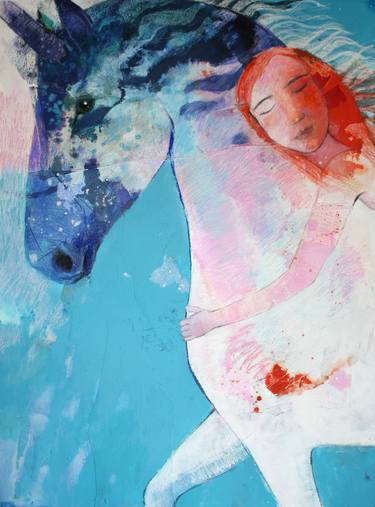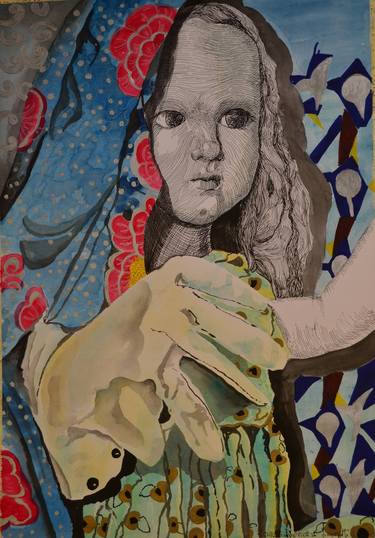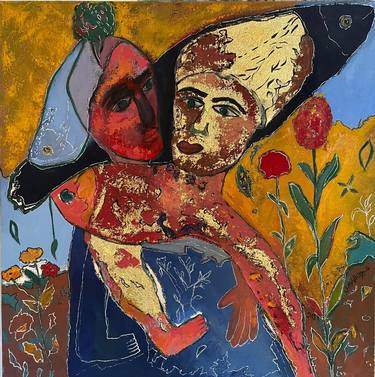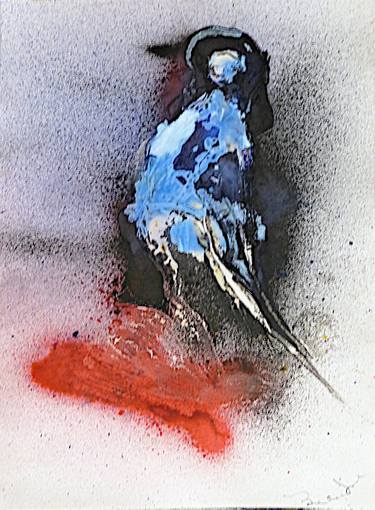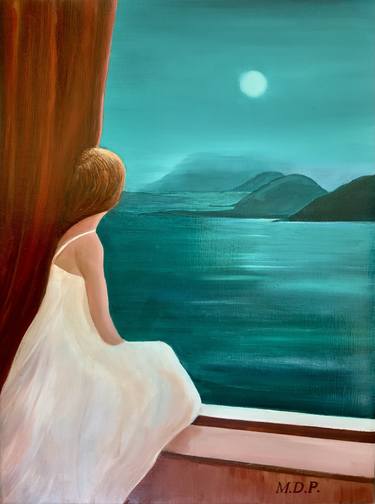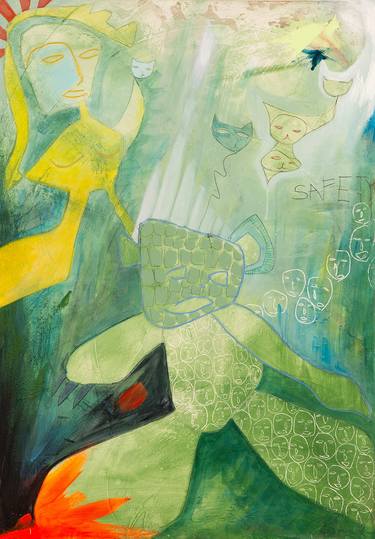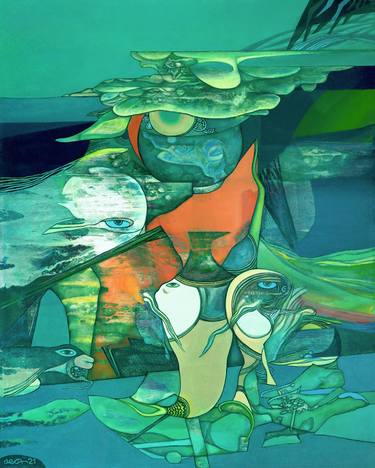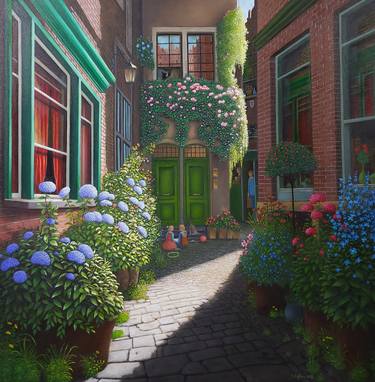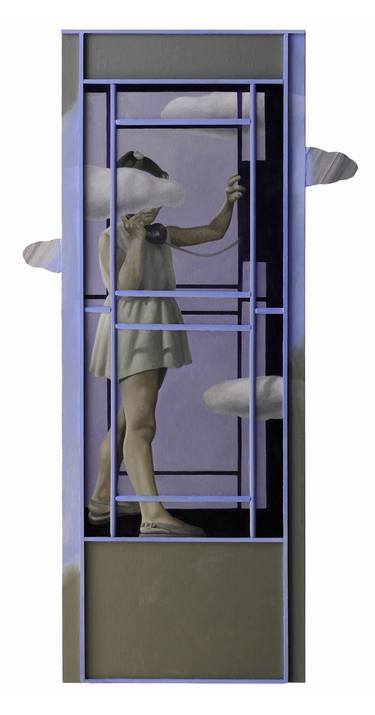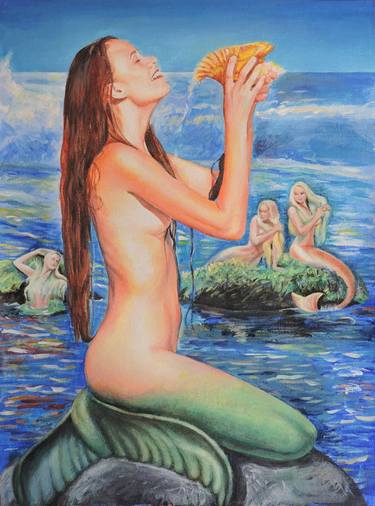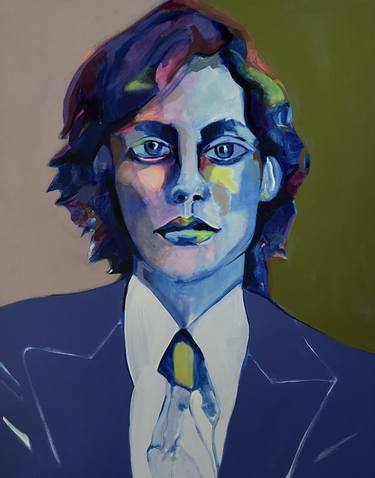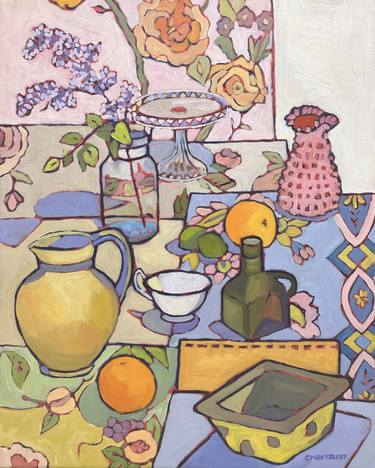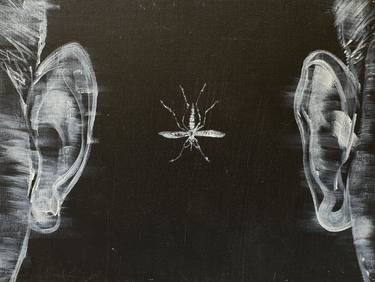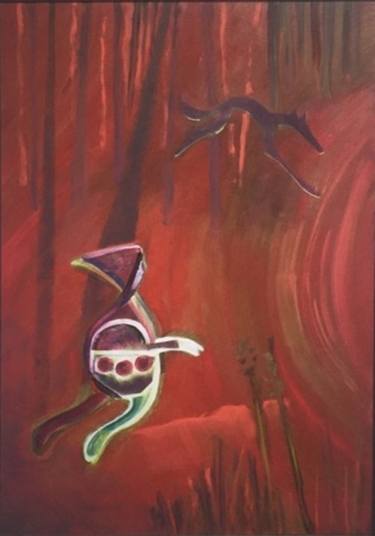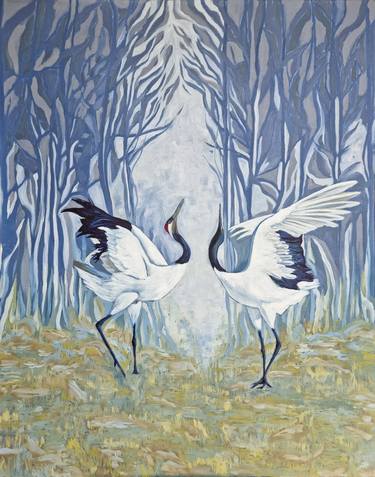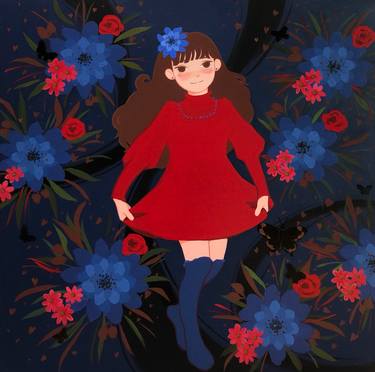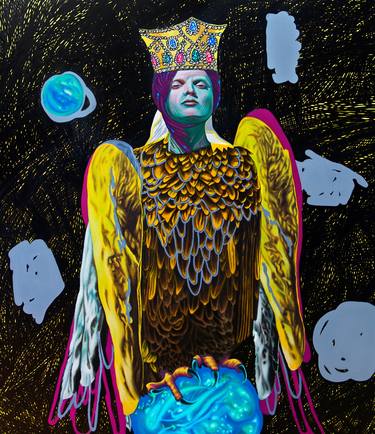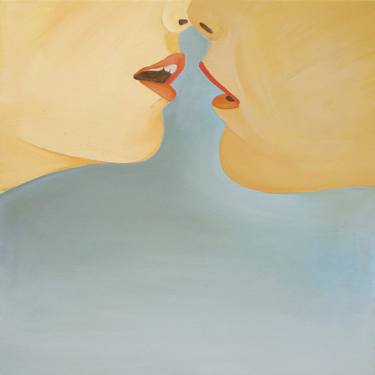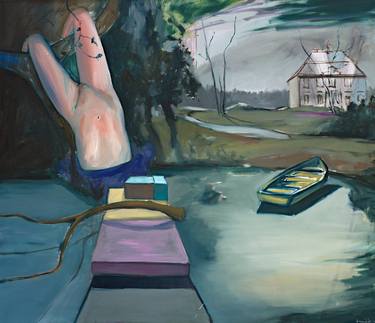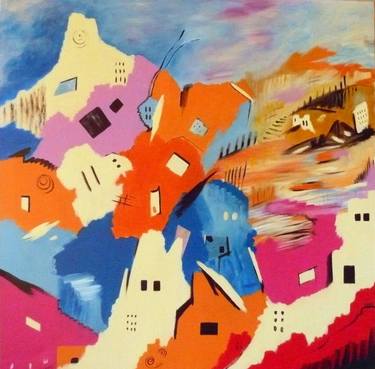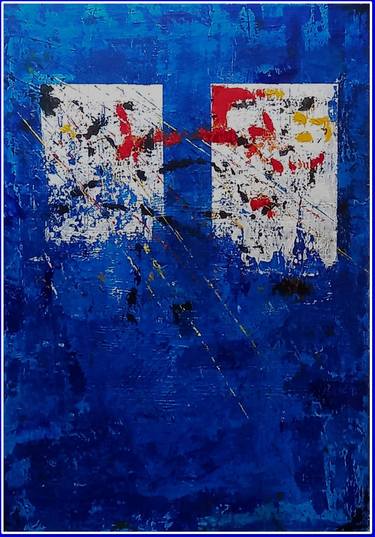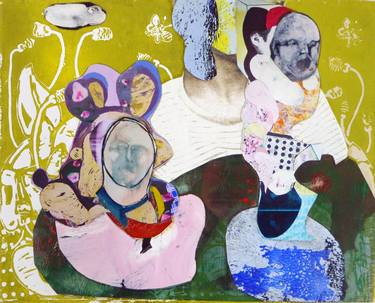Artworks In Your Cart Are Not Reserved.
Fantasy Paintings For Sale
Browse art and see similar matches
Try Visual Search
Category
Filter (1)
Whether you are looking for an original Fantasy painting or a high quality art print, Saatchi Art has over 12,490 original Fantasy paintings for sale from emerging artists around the world.
Read More
Filter
Category
Style
Subject
Medium
Material
Price
Size
Orientation
Color
Artist Country
Featured Artist
Paintings
, 47.2 W x 59.1 H x 0.8 D in
Germany
$9,360
Paintings
, 39.3 W x 47.2 H x 0.8 D in
Serbia
$5,300
Paintings
, 13.8 W x 19.3 H x 0.1 D in
Serbia
$720
Paintings
, 19.7 W x 27.6 H x 0.4 D in
Egypt
$700
Prints from $99
Paintings
, 45.7 W x 35 H x 1 D in
Portugal
$5,980
Paintings
, 48 W x 36 H x 1.5 D in
United States
$15,350
Paintings
, 49.5 W x 26 H x 5 D in
United States
$3,700
Paintings
, 43.3 W x 31.5 H x 0.8 D in
Georgia
$2,370
Paintings
, 47.2 W x 31.5 H x 1.2 D in
Ukraine
$2,280
Paintings
, 13 W x 9.1 H x 0.1 D in
Brazil
$6,490
Prints from $49
Paintings
, 24 W x 24 H x 0.8 D in
Canada
$960
Prints from $40
Paintings
, 88.6 W x 78.7 H x 2.4 D in
Italy
$15,160
Paintings
, 43.3 W x 66.9 H x 2 D in
Italy
$3,980
Prints from $40
Paintings
, 19.7 W x 13.8 H x 0.4 D in
Italy
$1,010
Prints from $251
Paintings
, 72 W x 48 H x 2 D in
United States
$4,050
Prints from $100
Paintings
, 20 W x 30 H x 0.1 D in
United States
$310
Prints from $40
Paintings
, 14 W x 18 H x 0.7 D in
United States
$890
Prints from $40
Paintings
, 52 W x 75.6 H x 2.6 D in
South Africa
$4,700
Paintings
, 51.6 W x 76.4 H x 1.2 D in
South Korea
$10,080
Prints from $73
Paintings
, 38.2 W x 51.6 H x 0.8 D in
Spain
$2,690
Paintings
, 19.7 W x 27.6 H x 0.2 D in
$610
Prints from $40
Paintings
, 23.6 W x 23.6 H x 1.2 D in
Egypt
$1,760
Prints from $85
Paintings
, 8.3 W x 11.4 H x 0.1 D in
France
$180
Prints from $40
Paintings
, 8.3 W x 11.4 H x 0.1 D in
France
$180
Prints from $40
Paintings
, 16.9 W x 13 H x 2 D in
United Kingdom
$375
Paintings
, 30.3 W x 41.7 H x 1.6 D in
United Kingdom
$1,910
Paintings
, 31.5 W x 39.4 H x 1.2 D in
Israel
$3,580
Prints from $49
Paintings
, 8.3 W x 11.4 H x 0.1 D in
France
$180
Prints from $40
Paintings
, 27.6 W x 23.6 H x 1.2 D in
Bulgaria
$3,750
Prints from $40
Paintings
, 43.3 W x 35.4 H x 0.8 D in
Ukraine
$2,810
Prints from $86
Paintings
, 23.6 W x 23.6 H x 0.8 D in
Netherlands
$9,960
Paintings
, 24.4 W x 47.2 H x 1.2 D in
Serbia
$2,140
Prints from $50
Paintings
, 12 W x 16 H x 0.1 D in
Canada
$4,550
Prints from $40
Paintings
, 23.6 W x 31.5 H x 1.2 D in
Netherlands
$4,160
Paintings
, 16 W x 20 H x 0.7 D in
United States
$1,240
Prints from $75
Paintings
, 46.1 W x 31.5 H x 1.6 D in
Italy
$12,160
Paintings
, 9.4 W x 7.1 H x 0.2 D in
Italy
$490
Prints from $100
Paintings
, 28.7 W x 40.6 H x 1.6 D in
Malta
$1,600
Paintings
, 27.6 W x 35.4 H x 1 D in
Kazakhstan
$1,300
Prints from $43
Paintings
, 31.5 W x 31.5 H x 0.1 D in
China
$2,100
Paintings
, 47.2 W x 55.1 H x 0.1 D in
United States
$12,050
Prints from $100
Paintings
, 15.7 W x 15.7 H x 0.8 D in
Bulgaria
$610
Paintings
, 55.1 W x 47.2 H x 1.2 D in
Czech Republic
$4,570
Paintings
, 39.4 W x 39.4 H x 1.2 D in
Spain
$3,014
Prints from $60
Paintings
, 27.6 W x 39.4 H x 1.2 D in
Belgium
$1,860
Prints from $70
Paintings
, 23.9 W x 16.1 H x 0.8 D in
South Korea
$1,720
Paintings
, 78.7 W x 53.1 H x 0.1 D in
Slovakia
$8,430
Prints from $50
Paintings
, 11.8 W x 9.4 H x 0.8 D in
France
$370
Prints from $73
Paintings
, 20 W x 16 H x 0.1 D in
United States
$440
Prints from $61
50 Results Per Page

